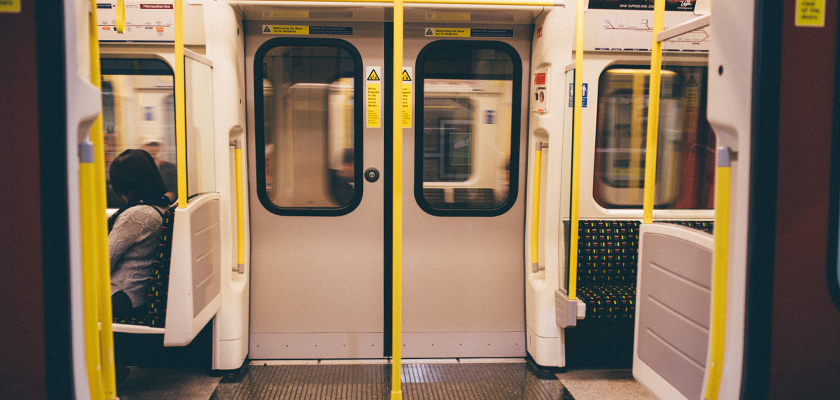BART’s proof of payment program to crackdown fare evasion has shown unsatisfactory results for its first two months of implementation. Between March and April, the rapid transit public transportation system serving the San Francisco Bay Area (California) cited 1,300 fare evaders. However, only about 100 paid up.
BART Police Chief Carlos Rojas evaluated the figures arguing the proof-of-payment program is not about raising revenue. Rojas states the objective is to change the culture by convincing fare dodgers that avoiding paying fares is neither acceptable nor easy.
Origin of BART’s proof of payment program
On October 26th 2017, BART’s Board of Directors passed two new laws to monitor and punish ticketless passengers. The first ordinance requires all BART passengers to provide proof of payment when staff asks. The second enforces a fine or community service to those who are caught without a valid ticket. The objective is to reduce fare evasion, which costs the system around $15 to $25 million a year.
Both laws went into effect on January 1st 2018. Nevertheless, the one month grace period and equipment issues held up the full implementation of the program.
How does it work?
Inspectors check tickets and cards using handheld scanners. These beep or buzz and flash a message indicating whether a passenger has legally entered through the fare gate.
When caught traveling without a valid ticket, BART officers ask fare evaders for identification. If alleged cheaters cannot provided it, ticket inspectors ask for their name and current address and check it on the spot with a database via radio police.
Officers then issue a fine and a copy, including directions on how to pay. Citations are $75 for adults and $55 for juveniles. The first two citations are civil. Three or more offenses can result in criminal citations, with fines up to $250.
Violators have 30 days to pay or do community service instead. If they don’t, their citations can be turned over to the state Franchise Tax Board, which can deduct any state income returns or state lottery winnings. Fare evaders cited twice in a 12-month period are also reported to the California Franchise Tax Board.
A six-people team
BART’s fare inspection team is formed by six community service officers. They work across a system that runs 20 hours, with 46 stations and up to 62 trains carrying daily an average of 420,000 passengers.
The BART board will review data from the proof of payment program in autumn, six months after implementation. They will decide whether the program is cost-effective or whether more money should be spent on other fare enforcement efforts. If they choose to continue the program, BART plans to hire two more fare inspectors.
Other measures to reduce fare evasion at BART
BART’s proof of payment program is part of a wider scheme to fight fare evasion. The San Francisco Bay Area transport operator has also launched a campaign to remind riders to pay. Moreover, the operator has remodeled stations to make it harder for people to fare evade.
BART has raised walls around paid areas and has reconfigured elevator entrances to prevent cheaters from using them to avoid fare gates. The transit system is working to bring lifts inside paid areas of stations.
Regarding the gates itself, BART is looking for ways to build higher fare gates. Currently, they are waist-high and many fare dodgers can vault of push their way through. In addition, the operator is placing alarms on swing gates and those that act as emergency exits or disabled access. Overall, BART plans to install additional cameras to monitor gates, count fare evaders and help to detect the most vulnerable areas.
Deeper insight
For more information on the crackdown fare evasion strategy implemented by BART and its results, read this article in San Francisco Chronicle.



